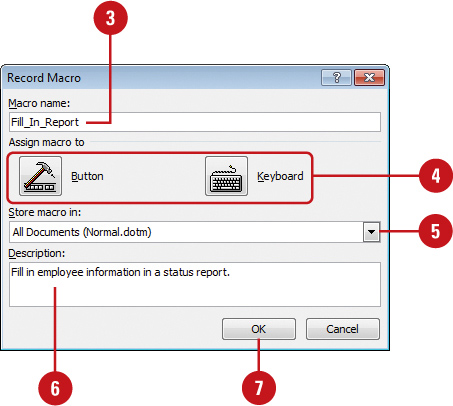
Might be left over from a previous search Tick the "Use wildcards" box under Search Options.Ĭlick in the "Replace with" field, but don't type anything, but delete anything that In that dialog box, click the More button (unless the Less button is present - in that case you are already in More mode).Įnter in the "Find what" field: Generation *>. On the Home ribbon, in the Editing section, click the down arrow and select Replace to open the Find and Replace dialog box. The steps in this section add an underline to each of the "Generation xxx" section labels. On the Layout tab of that dialog box, under "Headers and footers" set Footer to 0.3 Top = 0.7, Bottom = 0.8, Left = 0.5, Right =Īt the bottom of that tab, set the "Apply to" drop-down to On the Margins tab of that dialog box, make the following settings in the Margins section using the little up and down arrows: On the Page Layout ribbon, click the small arrow at the lower right of the Page Setup section to open the Page Setup dialog box. The steps in this section set the margins to values not available within TMG. Then start macro recording as describe above and complete all the steps you want the macro to produce. Use the commands in Word 2007 if you are using an older version of Word please see my article for Word 97.īefore starting to record the macro, you need to open in Word a report of the type the macro will apply to. Create a footer with a graphic line above, my name left, page numberĬentered, date in the desired format right, and a smaller font.Remove blank lines TMG inserts immediately before and after the report Underline the "Generation xxxx" headings, and remove a blank The macro I have created makes the following changes to TMG's Journal reports:Ĭhange top and bottom margins, and spacing of footer from bottom of page. If you made an error in recording, start over with a fresh copy of your document, using the same name for If you did neither click the Macros button shown above, choose "View Macro," and in the Macros dialog box, select your macro, and click Run. To test the macro, open a fresh unedited copy of the file and click the toolbar button you added in step 5 above, or use the keystroke you set in Step 6. Click the Yes button to save your macro (it is saved as part of your "Normal" template.) When you exit Word you may be asked whether you want to save changes to the Global Template. When you are finished,Ĭlick same button in the Macros section of the View ribbon, and choose Stop Macro. Step through all the operations you want to include in your macro.The cursor changes to show that recording is underway. Select the image you like, and click OK to return to the Word Options screen, then OK again to start recording.Ĭlick the Keyboard button to open the Customize Keyboard screen.Ĭlick in the "Press new shortcut key" field, then press the key combination you want to assign (usually Ctrl, Shift, or both with a letter key).Ĭlick the Assign button, then Close to start recording.Ĭlick OK, and recording starts.

Select it in the right pane, and click the Modify button to select a button image.Select the name of your macro in the left pane, and click the Add button to move it to the right pane. To do that:Ĭlick the Button button to open the Word Options screen. I suggest assigning the Macro to a button on the Quick Access toolbar to make it handy to use.Spaces allowed – maybe something like FormatTMGReports). In the Record Macro dialog, give the macro a name you will recognize (no.On the View ribbon, in the Macros section at the far right, click the Macros button with the small down arrow on it, and select Record Macro to open the Record Macro dialog.Once you have perfected your sequence, start again with a fresh uneditedĬopy of your file, and you are ready to record. – you must only use keyboard commands for that. But you cannot use the mouse to navigate in the body of the document, for example to select text or reposition the courser You can use the mouse to select ribbon commands and options within dialogīoxes.


 0 kommentar(er)
0 kommentar(er)
